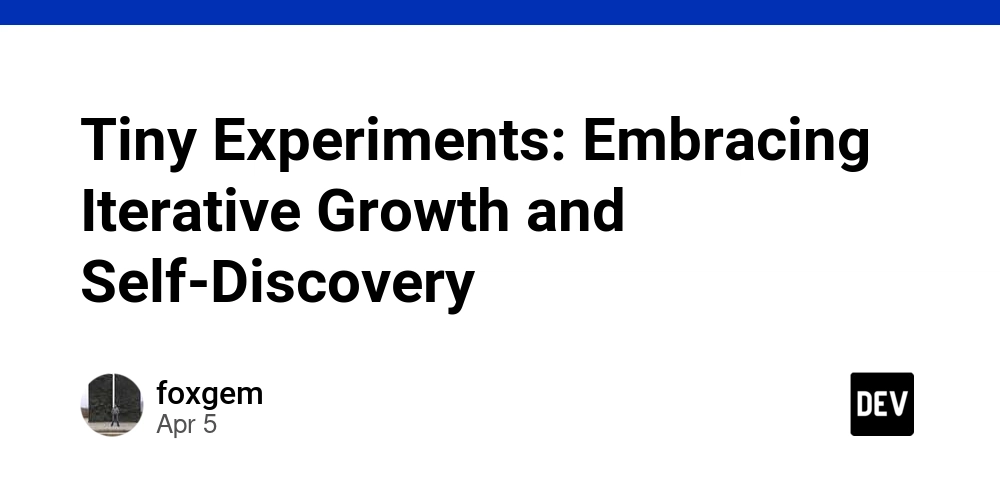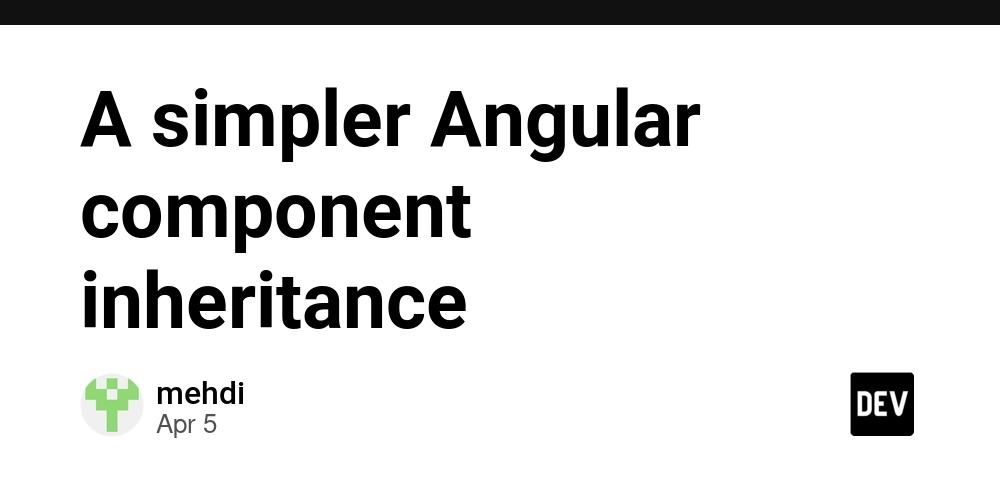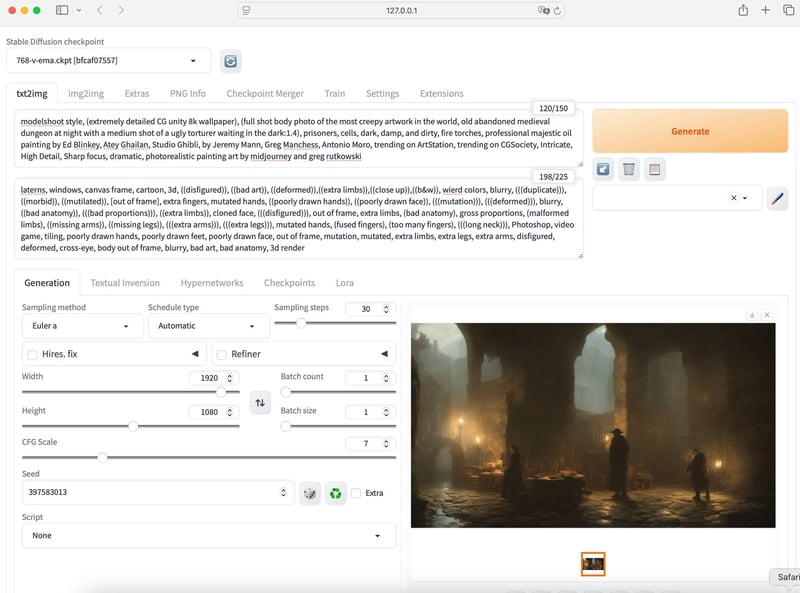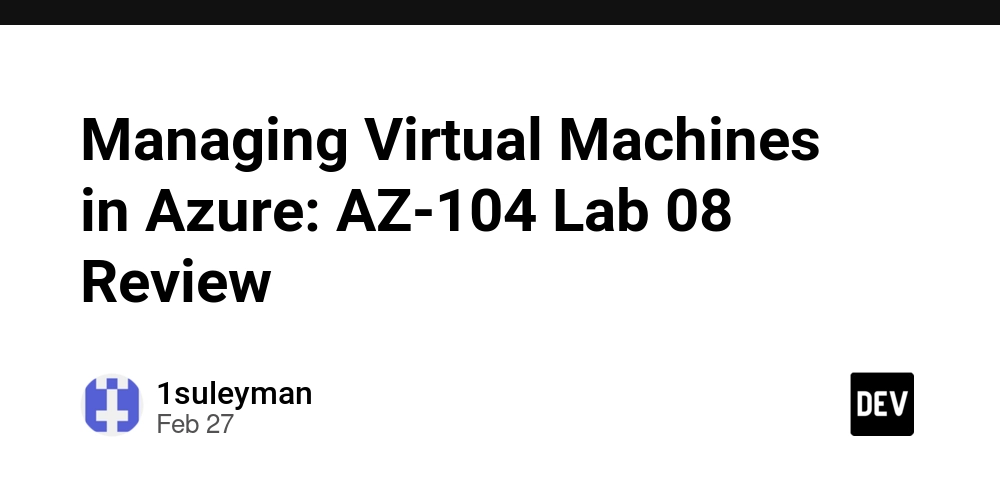Agile vs. Scrum: Understanding the Core Differences
When diving into the world of software development, you’ll hear two terms thrown around a lot—Agile and Scrum. Sometimes, they are used interchangeably, but they are not the same thing. If you've ever felt confused about Agile and Scrum, you're not alone. This blog will break it down in a simple and engaging way so that you can truly feel the difference. Agile: The Big Picture Think of Agile as a philosophy—a way of thinking, a mindset. It’s a broad framework that guides how teams should approach software development. Agile is all about flexibility, collaboration, and customer satisfaction. It prioritizes iterative progress, meaning instead of building an entire product and then testing it at the end, Agile teams work in small, continuous cycles, constantly improving and adjusting based on feedback. Core Principles of Agile: ✅ Individuals and interactions over processes and tools ✅ Working software over comprehensive documentation ✅ Customer collaboration over contract negotiation ✅ Responding to change over following a strict plan Agile is not a methodology. Instead, it is a set of values and principles that many frameworks (like Scrum) follow. Scrum: A Framework Under Agile If Agile is a way of thinking, Scrum is a specific way to implement that thinking. Scrum is a framework that helps teams practice Agile in a structured way. It provides specific roles, events, and artifacts that help teams work efficiently. Scrum operates in sprints, which are short time-boxed iterations (usually 1-4 weeks). At the end of each sprint, a potentially shippable product increment is delivered. The process repeats, allowing continuous improvement. Key Elements of Scrum:

When diving into the world of software development, you’ll hear two terms thrown around a lot—Agile and Scrum. Sometimes, they are used interchangeably, but they are not the same thing. If you've ever felt confused about Agile and Scrum, you're not alone. This blog will break it down in a simple and engaging way so that you can truly feel the difference.
Agile: The Big Picture
Think of Agile as a philosophy—a way of thinking, a mindset. It’s a broad framework that guides how teams should approach software development. Agile is all about flexibility, collaboration, and customer satisfaction. It prioritizes iterative progress, meaning instead of building an entire product and then testing it at the end, Agile teams work in small, continuous cycles, constantly improving and adjusting based on feedback.
Core Principles of Agile:
✅ Individuals and interactions over processes and tools
✅ Working software over comprehensive documentation
✅ Customer collaboration over contract negotiation
✅ Responding to change over following a strict plan
Agile is not a methodology. Instead, it is a set of values and principles that many frameworks (like Scrum) follow.
Scrum: A Framework Under Agile
If Agile is a way of thinking, Scrum is a specific way to implement that thinking. Scrum is a framework that helps teams practice Agile in a structured way. It provides specific roles, events, and artifacts that help teams work efficiently.
Scrum operates in sprints, which are short time-boxed iterations (usually 1-4 weeks). At the end of each sprint, a potentially shippable product increment is delivered. The process repeats, allowing continuous improvement.
Key Elements of Scrum:






















































.jpg)
%20Abstract%20Background%20112024%20SOURCE%20Amazon.jpg)



















































































































![[The AI Show Episode 142]: ChatGPT’s New Image Generator, Studio Ghibli Craze and Backlash, Gemini 2.5, OpenAI Academy, 4o Updates, Vibe Marketing & xAI Acquires X](https://www.marketingaiinstitute.com/hubfs/ep%20142%20cover.png)
































































































































![From drop-out to software architect with Jason Lengstorf [Podcast #167]](https://cdn.hashnode.com/res/hashnode/image/upload/v1743796461357/f3d19cd7-e6f5-4d7c-8bfc-eb974bc8da68.png?#)




































































































.png?#)





.jpg?#)
































_Christophe_Coat_Alamy.jpg?#)










































































































![Rapidus in Talks With Apple as It Accelerates Toward 2nm Chip Production [Report]](https://www.iclarified.com/images/news/96937/96937/96937-640.jpg)










































































































































